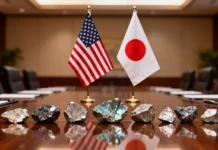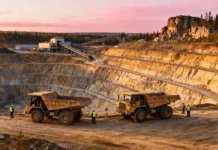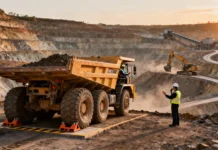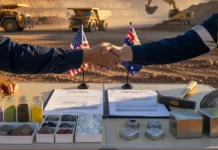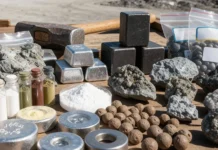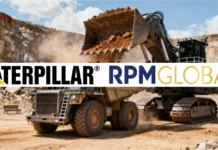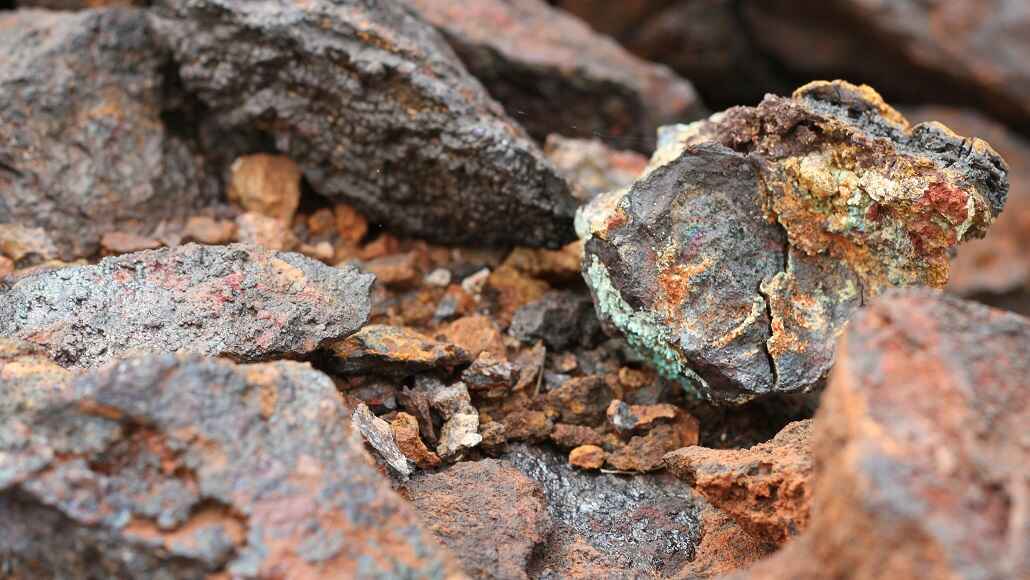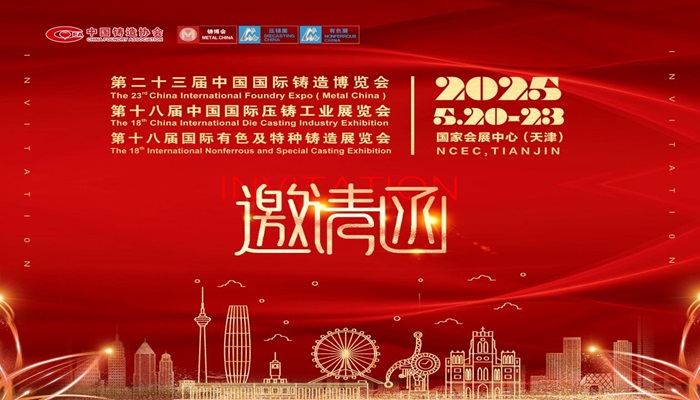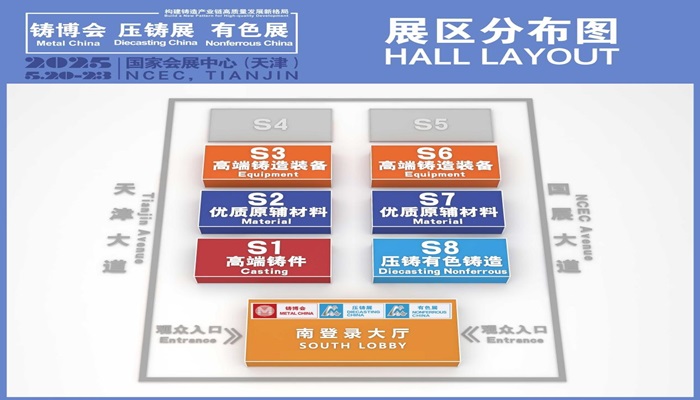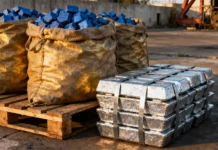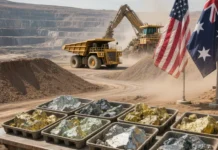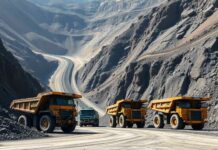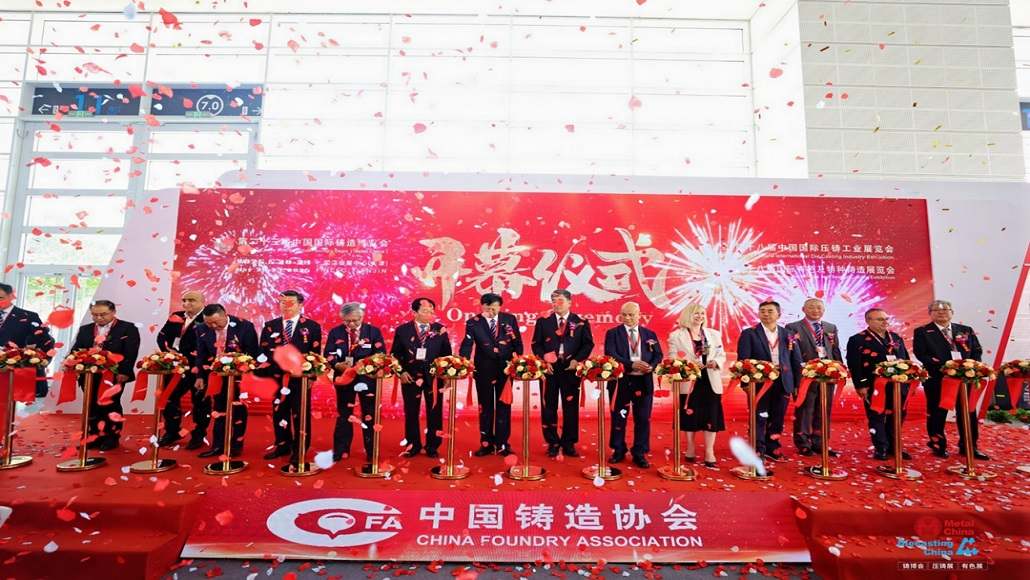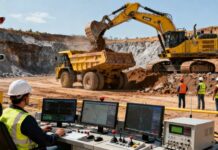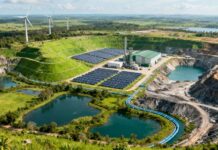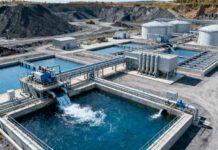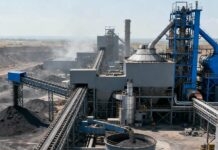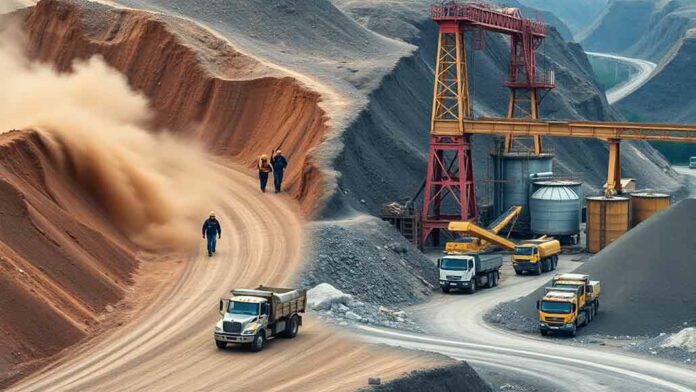The steel industry is at a critical crossroads. As the global push for decarbonization intensifies, the sector faces the formidable challenge of reducing carbon emissions without compromising production efficiency. Steel is essential to industry, infrastructure, and modernization, and it is closely related to economic development. However, its classical dependence on coal and high-carbon technology has brought forth pressing environmental issues. Of the numerous alternatives that have been identified, one is the use of high-grade iron ore as a substantial feedstock. While not perfect, high-grade iron ore is increasingly facing an array of obstacles that may hinder the speed of decarbonization for the steel sector.
The Role of High-Grade Iron Ore in Steel Production
The demand for high-grade iron ore has surged during the past several years, as the high iron and low impurity percentages of high-grade iron ore yield benefits to the steel production process. The value is in that it provides cleaner and more efficient steelmaking—specifically in electric arc furnaces (EAFs) and in direct reduction iron (DRI) technologies, both of which are greener than traditional blast furnace processes.
High-grade ore eliminates burdens associated with extensive beneficiation and sintering, two processes that are energy intensive and produce greenhouse- gas emissions. Clean raw material allows manufacturers to mitigate carbon emissions, to become more energy efficient, and to meet increasing environmental regulations. The industry’s progress toward decarbonization enhances the significance of high-grade ore and high-grade iron ore will become a critical component of green steelmaking.
Technological Challenges in Utilizing High-Grade Iron Ore
Due to the lack of high-quality raw materials and the growing demand for cleaner steel, the premium price of high-grade ore has been steadily increasing. The main constraint is there is a paucity of deposits of high-quality ore. Even though countries like Australia, Brazil, and regions of Africa have good ore reserves, the deposits have geographic concentration and are also limited by access due to geopolitical or regional limitations or environmental regulations.
Additionally, modern steel mills are typically optimized for low-grade ore and are likely to require extensive redesign in order to use this form of high-grade material. For example, blast furnaces are generally constructed with a combination of quality ores, and so switching to a supply of only high-grade ores would require costly subsequent upgrades, or in some cases, new construction. Furthermore, advanced reduction technologies such as hydrogen-based direct reduction rely on certain properties of ore, which might not be available or economical.
Another technological issue is variability in ore quality. Even within high-grade deposits, variations in ore composition and impurities will invariably affect product quality and process stability. To provide consistent feedstock quality, there has to be advanced beneficiation and blending methodology involved, which complicates and increases the cost.
Economic and Market Factors
High-grade iron ore’s economic feasibility as a decarbonization facilitator depends on a number of interrelated criteria. Due to the lack of high-quality raw materials and the growing demand for cleaner steel, the premium price of high-grade ore has been steadily increasing. However, geopolitical tensions, environmental laws, and global iron ore supply-demand balances all influence the premium, which is market-sensitive.
Installing new facilities or modifying existing processes to handle high-grade ore requires significant capital investments. Therefore, long-term energy cost savings, carbon taxes, and compliance with emissions regulations must all support the switch to high-grade ore. Although there are producers who are ready to make an outlay, the economics is still tough in jurisdictions with volatile regulations or volatile steel pricing.
Competitive risks are also brought about by the introduction of novel steelmaking techniques and new raw materials. For example, the use of hydrogen direct reduction processes based on iron ore pellets, which are typically derived from high-grade ore, would need to be economically viable in light of changing hydrogen costs and technological developments.
Environmental and Sustainability Considerations
The usage of high-grade iron ore will play a significant role in steel decarbonization from an environmental standpoint. The purity of high-grade iron ore avoids carbon-rich beneficiation and sintering, leading to lower emissions. High-grade ore also allows for switching over to electric arc furnace operations, where renewable power can be used and many fewer greenhouse gases are emitted.
Yet environmental advantages rely upon sound mining methods. Mining high-grade ore at a scale of production will have a meaningful land disturbance, water consumption and energy consumption resources. With more stringent environmental controls, mining companies are under increased pressure to consider environmentally conscientious extraction and processing methods, which can lead to increased costs and restrict supply side growth.
The lifetime impacts of high-grade mineral mining, processing, and transportation must also be considered in decarbonisation. Ecological stewardship and economic viability must be balanced in sustainable supply chains, a challenge that calls for creative solutions and large financial outlays.
Future Market Outlook
Although there may be challenges along the way, the market for high-grade iron ore will continue to expand. Given the global shift to decarbonized steelmaking and the promotion of electric arc furnace technology, market data indicates that demand will only increase.
Yet, supply limitations, environmental regulations, and geopolitical uncertainties may restrict the supply of high-grade deposits. Building new mining projects combined with the advances in beneficiation and processing will be the key to solving such supply-demand imbalances.
High-grade iron ore is expected to command a higher price on the market than lower-grade material, although the growth rate might be slowed if new technologies make it easier to use lower-grade ore or other alternatives efficiently. To fully utilize the potential of high-grade ore, research and development investments will be required to support more ecologically friendly mining practices and build new mining infrastructure.
Strategic Implications for Stakeholders
Miners must strike a balance between extracting high-grade ore and social and environmental considerations. Because of their efficient operations and transparent supply networks, miners will be unique in a world that is increasingly focused on ESG. In the end, steel producers need to think about how high-grade ore strategies will support their decarbonization objectives in the long run. Just like hydrogen reduction and green energy in steel production may be a game-changer in reducing decarbonization gaps when coupled with the availability of high-grade iron ore.
Conclusion
The challenge of decarbonizing steel is an uphill battle with just as many complexities as advantages, with high-grade iron ore sitting at the center of the controversy. If it offers a potential pathway towards greener, more efficient manufacture, the obstacles each level of value-chain must overcome to land the high-grade ore contracts are economic, environmental, and technological each with the potential to inhibit its global implementation. The only way to navigate the barriers will be through collaborative cross-value chain action – innovating mining techniques, investing in new technologies, and shaping regulation ahead of its sustainability.
As the industry moves toward 2030, the future of high-grade ore use will be one of the primary indicators of the industry’s ability to reconcile its environmental responsibilities and operational imperatives. The future decarbonisation of steel will rely on balancing these multi-faceted considerations in the face of increasing environmental and resource pressures if the industry is to remain a strong and viable industry.


